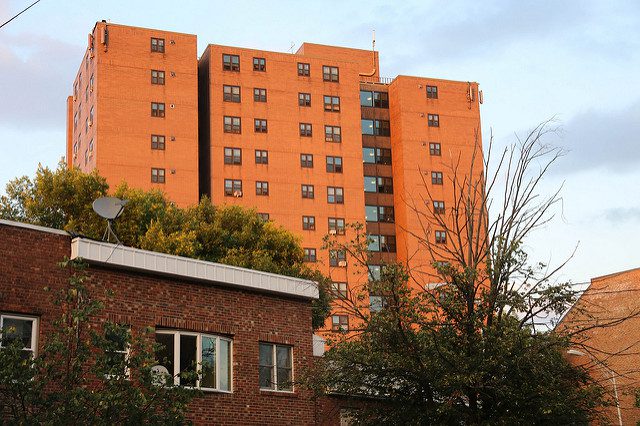Deals From Hell: How Creative Nonprofits Pull Off Affordable Multifamily Housing with ONLY 11 Funders.
Recently, the Community Information Exchange conducted a project that examined the methods used by nonprofit developers of multifamily housing to finance their projects.
The methods, they found, are “complex, piecemeal and labor-intensive.” The results, though they do produce affordable housing, amount to “deals from hell.”
Funded by Fannie Mae, the Exchange developed and published case studies that described a variety of initiatives and financing structures by twenty groups. As a companion to that report, the Exchange’s Spring/Summer 1994 issue of Alert reviews the changes in the financing system that have occurred over the past twenty years, explores how nonprofit, community-based developers are dealing with these changes, examines options for financing and makes a number of recommendations to both nonprofit developers and policy makers.
Using information from the case studies as well as the results of a roundtable discussion session on this topic, other research reports and numerous interviews as source material, Alert manages to provide an outstandingly clear and concise description and analysis of the often torturous procedures nonprofits must go through to create multifamily homes – procedures that increase the cost of projects, delay their completion and put extraordinary stress on the developers and the community. A resource guide and reading list is also included.
Nonprofit Housing Costs and Funding: Final Report
This 1993 report was produced by Abt Associates for HUD’s Office of Policy Development and Research and is similar in scope to Deals From Hell. The report “presents a methodology for comprehensively assessing the direct and indirect costs of funding” nonprofit housing developments. The report is presented in two volumes; case studies of fifteen nonprofit projects and a summary of the findings.
Check HUD User – 800-362-2538 – for availability and price.
The Potential of Community Foundations
By Steven E. Mayer. Rainbow Research, Inc. Minneapolis, MN 1994. $17.50, paper.
Community development proceeds along two distinct lines. The first, and more common, way is to identify the flaws of a community and work to remedy these weaknesses. The second – a way of working that is gaining in popularity – is to identify the strengths and resources of a community – its intrinsic “capacity” – and work to build it. This book identifies the ways local groups and community foundations are working to increase capacity of groups to rebuild their communities, clearly and directly. It should be very useful to community foundations of any size. For information and a catalog, call 612-824-0724.




Comments